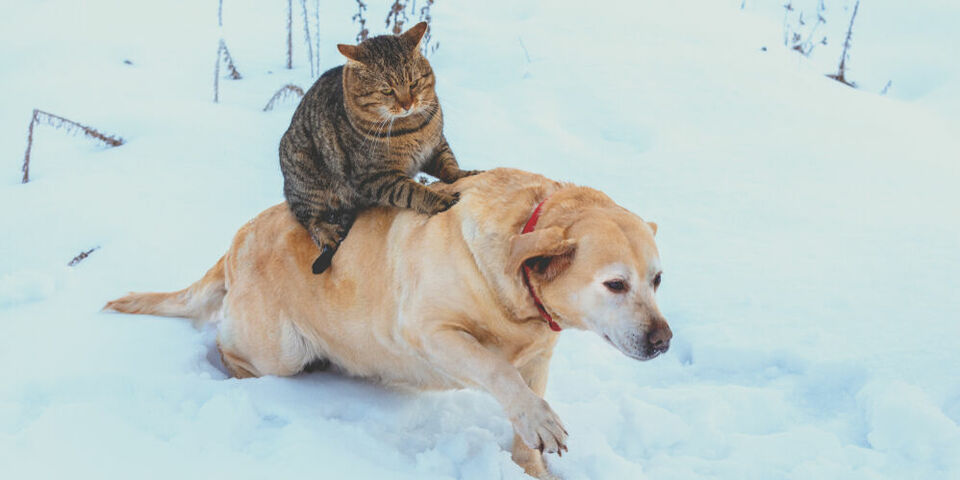CUCo forges unusual links
Innovative research through unusual collaboration. That is what TU/e’s strategic alliance with the universities of Wageningen and Utrecht (including UMC) needs to lead to. For this reason, the young academies of the institutions involved get to divide a total sum of six million euros during the next four years within the newly established Center for Unusual Collaborations (CUCo).
Everything goes a bit differently than usual within the Center for Unusual Collaborations. Collaborating really means collaborating, and that is why the idea is that the money from the funding pot will be divided, in close consultation, between all teams with a project proposal. “If they arrive at a mutual solution, everyone will get money,” says Daniël Lakens, the new chair of the TU/e Young Academy of Engineering. “If they don’t, a committee of young academy members will determine who is eligible for a grant worth between fifty and three hundred thousand euros.”
The intention is that young, promising researchers, many of whom are a member of the young academies of the institutions involved, will be stimulated within CUCo to forge a scientific link with colleagues they otherwise would never have come into contact with. “Each of the teams has to consist of members from at least three of the four partners,” Lakens says. The idea is that the projects form the basis for a long-term collaboration on uncharted academic territory.
Currently, a physical location for the CUCo is being sought in Utrecht, Lakens says. “Team members could meet there one day a week, for example, and come into contact with other teams.” Workshops and network events could take place there as well, once the restrictions due to the coronavirus are lifted.
Invisible groups
Lakens himself also competes for a grant, he says. “We want to focus on groups in society that haven’t been studied extensively so far. Think of people who suffer from conditions for which no patient organizations exist yet, or people with literacy difficulties, or small migrant communities. In short, groups that would otherwise fall by the wayside. With smaller groups, privacy can be an issue sometimes, because personal information can be traced back to a certain person more easily. Another problem arises when minorities aren’t registered anywhere as a member of a certain group. How best to deal with that? That is what we want to find out.” That is why the project is in line with the kind of meta-science he practices at Human-Technology Interaction, Lakens says. “But the team has a broad composition, ranging from physicians to connoisseurs of classical languages.”
Chronic pain
Like Daniël Lakens, mechanical engineer Yoeri van de Burgt is a member of the TU/e Young Academy of Engineering, as well as part of one the groups that are eligible for a grant. He himself is working on artificial neurons for new forms of artificial intelligence (AI). A pitch about chronic pain by a colleague from Utrecht piqued his interest in that subject, he says. “With the help of various sensors and artificial intelligence, you could perhaps learn something about the underlying cause of the pain, which is often still unclear. Can we classify the complaints this way and, as a consequence, better understand them? In our lab, we make sensors for ions and neurotransmitters. That way, we might contribute to this project, in which physicians and humanities scholars are involved as well.”
Clean water
A third example of an ‘unusual’ collaboration’ involves a project on water quality, led by Maryna Strokal from Wageningen. Eindhoven-based researchers Clemens Verhoosel (Energy Technology), Yali Tang (Power & Flow) and Matias Duran Matute (Fluids & Flow) take part in this project. In the past, Verhoosel calculated ocean currents for Ocean Cleanup, the project of inventor and environmentalist Boyan Slat. “That is how I came into contact with Maryna Strokal. Normally, Yali Tang and I model currents in a more technical setting, but those models resemble each other, which is why our work is of added value to this project.” The third participant from Eindhoven, Duran Matute, is a member of the TU/e Young Academy of Engineering and made, among other things, models of the currents and sedimentation in the Waddenzee.





Discussion